SoftwareSuggest is an online software discovery & recommendation platform. We provide free consultation on software and help SMEs select the right software for their organization. As a part of our business, we collect customer requirements, which when analysed can serve the industry with deep insights. Our learning for the eCommerce industry are presented in this report.
Below mentioned are the major takeaways:
- There has been a hike in the number of organisations opting for online eCommerce solutions for their business. According to our findings a whopping 80% of the total are first time users.
- A good number of e-commerce software buyers are located in Delhi, Maharashtra and Karnataka region.
- We discovered that organizations prefer buying SaaS based over installation based software. The data suggest 69% prefer SaaS based.
- The spread and depth of functionalities of software is the most prominent factor influencing the purchase decision of the software buyers.
Let us have a look at the fascinating figures that we discovered.
1.Industries turning up to use eCommerce software
We found that 35% of the software requirement was from apparel industry and next position is occupied by food and grocery item business (i.e. 20%). Rest is shared by miscellaneous industry like electronics, footwear, etc.
2. From which state maximum requirement was generated?
According to our observation, maximum eCommerce software buyers are from Northern region with Delhi (16%) being the kingpin in the list. Next place is shared by Maharashtra (12%) and Karnataka (13%). It can be a good decision for eCommerce companies to invest their resources in these region.

3. What do the users prefer- SaaS based vs Installation based?
There has been a drastic shift in the number of users who prefer using SaaS based software when compared to server based software. It has been found from our data that 70% users prefer SaaS based or online software over the server based software.
4. What all features a buyer looks for in eCommerce software?
Nowadays, software buyers look for the product which can help them facilitate their customers in smarter way. With the advancement in technology, they look for sundry features which are stated as follows:
5. What is the preferred budget in which buyers purchase the software?
For SaaS based, it has been found that on an average 50% of software buyers look for an ecommerce software between ₹1000 to ₹3000 per month. Around 18% buyers are willing to spend ₹3000 to ₹7000 per month. Only 7% can spend above ₹10000.
For server or installation based, it has been discovered that 80% of software buyers prefer buying in the budget range of ₹50,000 – ₹1,00,000. Around 10% prefer buying in ₹100000- ₹150000. Remaining can afford up to ₹150000 and above.
6. New users v/s Existing users
Around 20% of the software buyers are the existing users who reach us due to following reasons:
- They are not satisfied with the services provided by their software providers
- Their software does not have the latest features and they want to upgrade their software
In regards with the changing market conditions, there has been a hike in the number of retailers opting for online stores for their business. We discovered that around 80% of the software buyers bought software for the first time.
7. What is an average number of products showcased by merchants using eCommerce software?
The data which has been collected by our team revealed that 17% of merchants prefer showcasing around 100-200 products on their website. And 21% of merchants prefer showcasing between 200-1000 products. Only 8% showcase above 1500 products which is quite less.
8. Time taken to decide on ecommerce solution
Our findings suggest that for a large percentage of software buyers, it takes around 3 to 5 weeks to decide on a solution.
9. Number of demos before buying a software
We found that maximum software buyers usually take around 3-4 demos to decide on a solution.
10. Factors influencing purchase decision
A software buyer looks for multiple features before purchasing any software.The depth and spread of functionality of the software is one of major factors. Have a glimpse at the other factors.
The report has been generated from the data being collected by SoftwareSuggest team.
You can give your valuable thoughts about the report in the comment section below.
Also, find the list of eCommerce software solution with software demo, comparison chart, and many other values to help yourself select the right software.



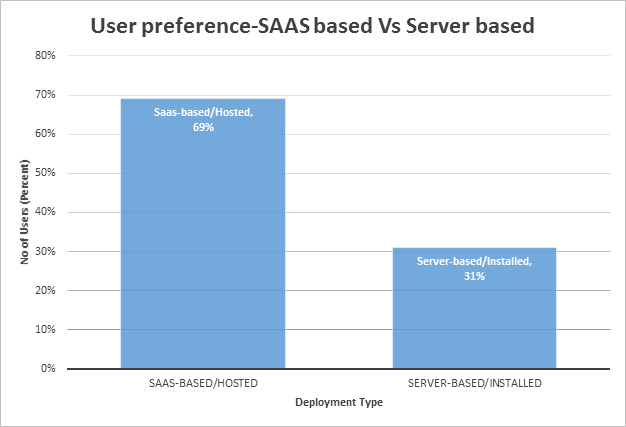











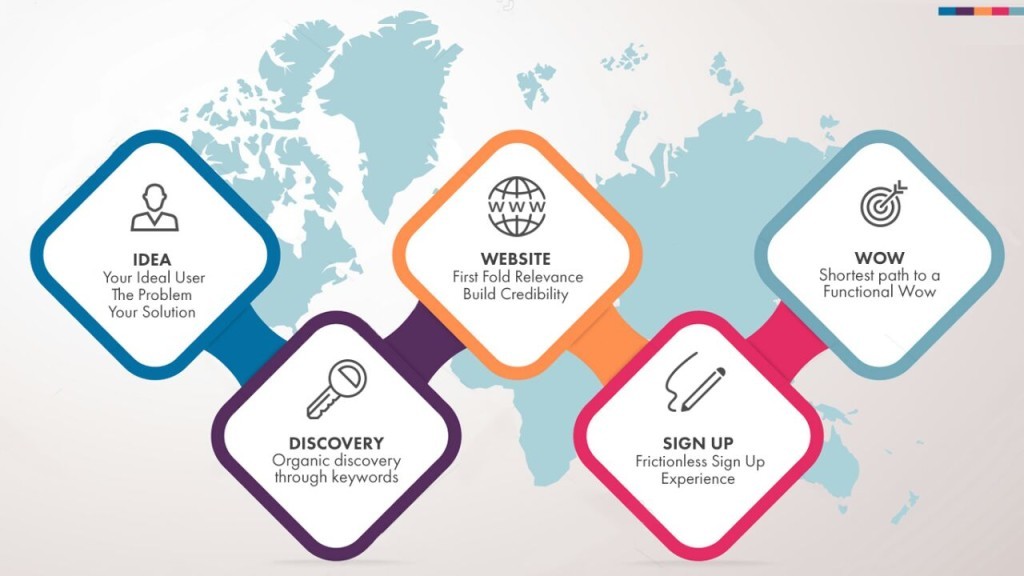





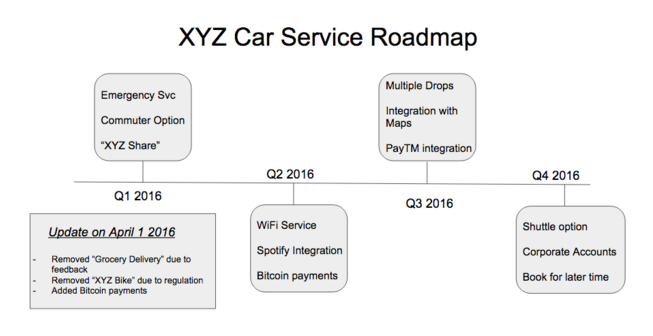 Figure 1 : Example external roadmap for a fictional car ride share company.
Figure 1 : Example external roadmap for a fictional car ride share company. 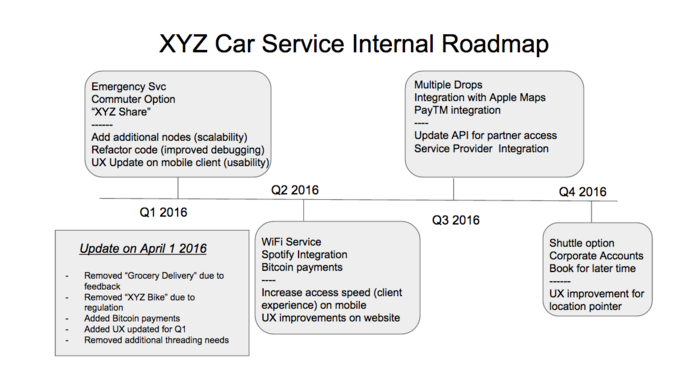
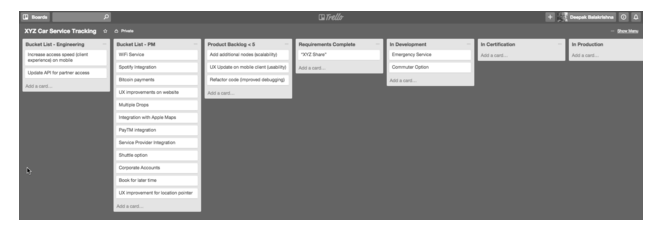
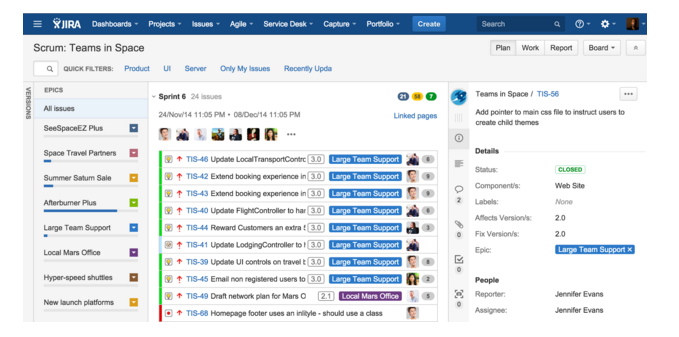 Figure 4: Using JIRA for sprint planning. See
Figure 4: Using JIRA for sprint planning. See 
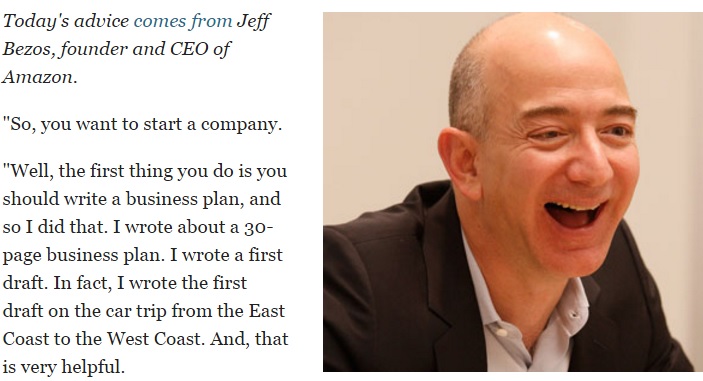
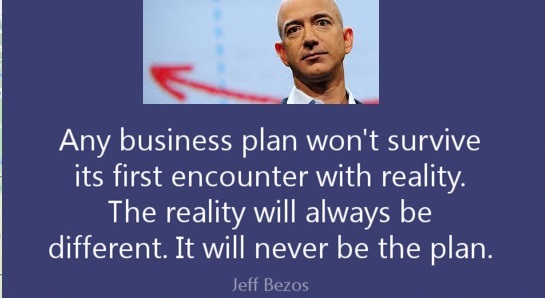
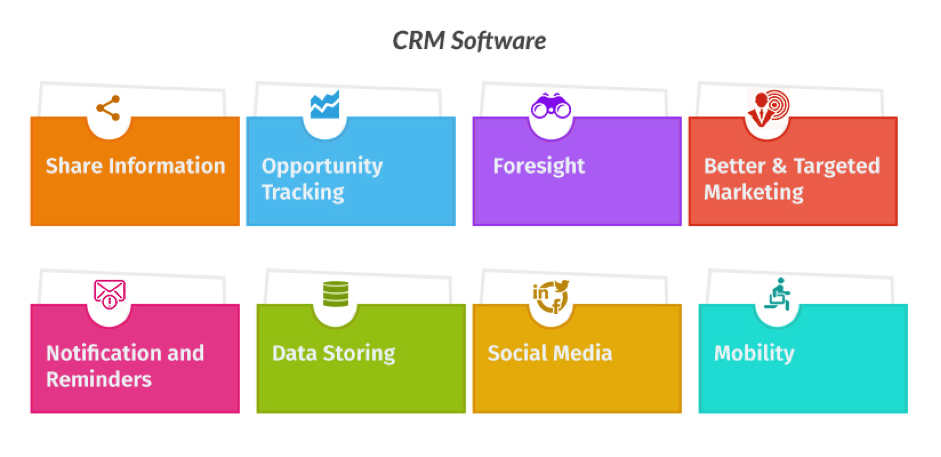 CRM for Startups:
CRM for Startups: One major disadvantage of pre paid wallets is in a given month they can’t do more then 10,000 worth of transaction with out KYC, while UPI enabled platform bank accounts can do a transfer upto Rs 1 lakh instantaneously.
One major disadvantage of pre paid wallets is in a given month they can’t do more then 10,000 worth of transaction with out KYC, while UPI enabled platform bank accounts can do a transfer upto Rs 1 lakh instantaneously. Ever wondered if a Software could help business chart the next growth curve?.
Ever wondered if a Software could help business chart the next growth curve?.